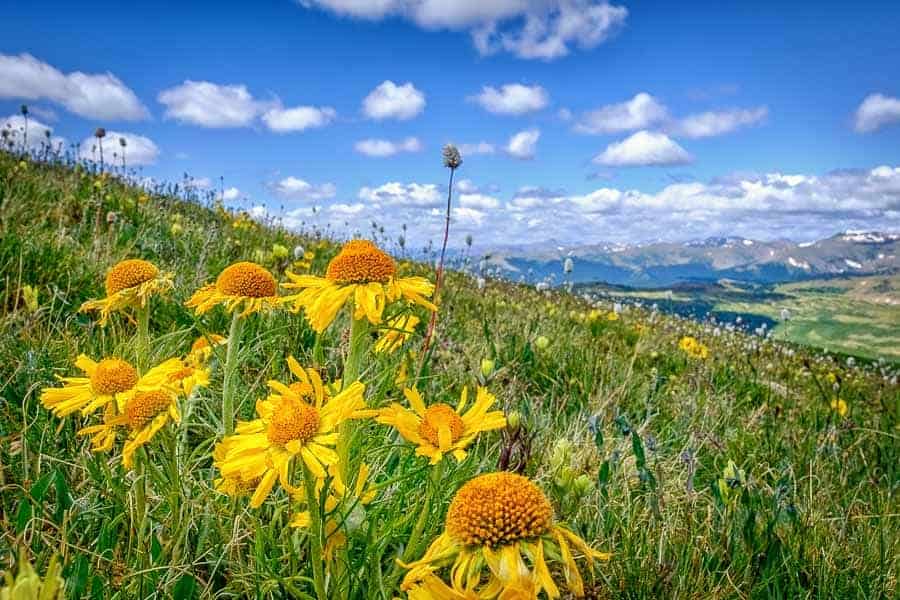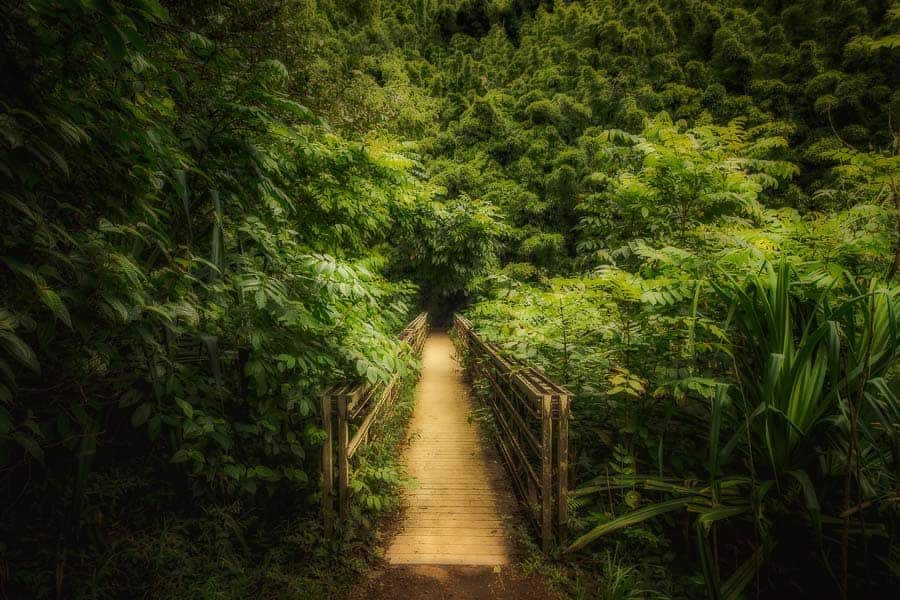The question of how to take good pictures is one that comes up frequently, regardless of skill level or the gear being used. We all want to take good pictures. I would think that no one grabs their camera or smartphone to capture a moment with the intent of taking a “bad” picture.
It seems that every family has a designated “picture taker”. If you are reading this, that someone is probably you. You are the one who is “in charge of” the camera and is tasked with capturing those moments that we all want to remember. From family vacations to holiday gatherings; your daughter's dance recital or your son's soccer game; there never seems to be an end to things to chronicle with images.
This article provides some basic tips and principles to follow to help you get better pictures. It doesn't matter what the subject is, there are things that you can do each time you get the camera out to make images that are more pleasing. The pictures may not be masterpieces that could hang in an art gallery, but that's not really the point.
What makes a picture “Good”?
A picture may sometimes be described as being a snapshot or a photograph, with the distinction being that a photograph has a more polished or professional look. A snapshot is just that: a quick shot of something we simply want to document. There's nothing wrong with snapshots. However, with some thought and attention to detail, even our snapshots can look much better. At the very least, they should be reasonably in focus, have decent lighting, and important elements shouldn't be cut off. If you consistently do these things, as well as develop an eye for creative compositions, your snapshots may become more like photographs.

The Abridged Version
Here is a quick rundown of some tips to follow to help you take good pictures. Each of the points are discussed in more detail below.
- Always have a camera with you.
- Don't get bogged down with settings; let the camera do some of the work for you.
- Make sure your subject is in focus.
- Shoot during the best light whenever possible (think morning and evening).
- Practice good composition. Don't place your subject in the middle of the frame.
- Keep the picture free of distracting clutter.
- Make sure the camera is level.
- Keep the front lens glass clean.
- Don't let your gear be an excuse.
- Be creative and have fun!
Always Carry Your Camera
Regardless of what kind of camera you have, always keep it with you if there may be opportunities to capture something. On family vacation, don't make the mistake I've made and leave the camera in the hotel room. Inevitably, that's when the most interesting things will happen. If all else fails, there is likely a camera right in your pocket.
Camera Settings
If you're interested in a deeper dive into camera settings and some of the more technical aspects of photography, this training would be a good place to start. There are also more advanced tutorials and training on the Improve Photography website and elsewhere. For now, let's just focus on the basics. Cameras today usually do a pretty good job of getting the exposure correct in automatic or semi-automatic modes. Letting the camera do most of the heavy lifting frees you up to think more about other elements that go into taking a good picture. As you learn your camera and how the different modes work, you can experiment with different settings to achieve different looks in your images. Get the shots that you want, but don't be afraid to play around and change aperture or shutter speed for a more creative or unique look.
There are situations when underexposing an image can make it look much more dramatic. This is especially true when there are some moody clouds in the sky or if you want a more dramatic portrait. On the opposite end of the spectrum, there may be times you want to overexpose slightly to give an image a brighter and more cheery look. A quick and easy way to change the exposure is to use the exposure compensation adjustment that is found on many cameras. For a darker image, simply dial in some negative exposure compensation and vice versa for a brighter image. Accessing this feature is a little different for each camera, so check the owner's manual to see how to use yours.
Get in Focus
There are a few things that just have to be somewhat right to make any picture work. Focus is one of those things. The pictures that you take need to be acceptable sharp, or at least the subject in the pictures needs to be. If the main subject is not in focus, the picture just isn't going to cut it. Most cameras allow you to choose where to focus, either by selecting a focus point or by using the touchscreen LCD to select where in the image to focus. For portraits, the eyes are the most critical thing and need to be sharp. If shooting a landscape, you generally want everything to be in focus. One way to do this is to select a focus point about one-third into the scene. Check out this recent article by Frank Gallagher for more details about how to do this.

The Importance of Light
There are few things more important in photography than light. It's not necessarily the quantity of light, but rather the quality. Taking pictures in the morning or evening, when the sun is near the horizon is best. The lower angle of the sun means that the light is less harsh and will give images more depth and dimension. Pictures taken during the mid-day sun will have less contrast and make the image look flat.
Regardless of what you are shooting, look for opportunities when the light is best. If you're on vacation and want to get some scenic shots of the landscape, try to go in the early morning hours right after sunrise. If you're not much of a morning person, then head out an hour or so before sunset. The same goes for portraits. The golden light of early morning or late evening is best. However, we sometimes just have to work with the light we have, even if it is the middle of the day. In that case, place your subjects in a shaded area, if possible, so the harsh sunlight isn't beating down on their faces.
Of course, many times we just have to work with the lighting conditions available. There will be plenty of times you will be shooting at mid-day since that's when things are happening. It would be nice if everything could be worked around the times of best light, but that's just not going to happen. In those situations, just make the best of it. One thing that may be helpful is to either zoom in with the lens or get closer and fill the frame with your subject. This will cut out a lot of the surroundings that aren't going to be very nice to look at anyway.
Composition
You can have a sharp image and great light, but if the composition is weak, the photo just isn't going to be as good as it could be. The “rule of thirds” is a compositional concept you may be familiar with. It essentially means that you don't want to put things right in the center of the frame. Many cameras have thirds lines in the viewfinder to help with this. For a portrait, place the person or people on one of the vertical thirds lines. When shooting landscapes, place the horizon on either the upper or lower third. The area of most interest, whether it be the sky or the ground, is what you want to emphasize.
Another tip for creating more interesting images is to include a strong foreground subject. This is particularly true for landscape images. It could be a variety of things, from a rock, a tree, flowers, or water. Try shooting from different perspectives to accentuate the foreground, especially if doing so will hide a boring middle ground.
Using leading lines is another great technique to use for more creative and interesting photos. With this technique, look for things in the scene that form a line that could help lead the eye into the photo. Leading lines could be anything from a river or stream; a road; a fence; or a sidewalk.

Cut the Clutter
The old adage ‘less is more' is generally a good one to remember for photography. When shooting a grand landscape scene, you may want a wide angle shot that encompasses the entire view, and that is fine. However, there are many times that it is better to zoom in or just get closer to a subject or a scene and for a more intimate view. This is especially true for portraits or for wildlife images. Try to fill the frame as much as possible and leave out distracting elements.
To go along with this tip, make sure to check around the edges of the frame through the viewfinder or on the LCD before taking a shot. Look for things protruding into the frame, such as tree branches, that will be a distraction from the main subject of the picture. Either zoom in or change perspective or angle to get a ‘clean' frame.
Keep the Camera Level
Few things are more annoying than taking a picture and finding that the horizon line is crooked. Sure, it can be corrected on the computer, but it's just good practice to get it level in camera. Some cameras have a leveling feature that can be used in the viewfinder or on the LCD screen to help with this. If you camera doesn't have this, use the grid lines to help keep things straight. Line up one of the horizontal lines with something you know is level, such as the horizon. Keeping things level generally makes a much better picture.
Keep the Lens Clean
As you are out and about with your camera, the front lens element has a tendency to attract a variety of contaminants, such as dust or water droplets. A dirty lens will be more likely to produce flaring or ugly spots in the image that you don't want. Sometimes a light puff of air from a rocket blower is all that is needed to get the dust off. If that doesn't do it, then use a microfiber lens cleaning cloth or lens wipes to get the glass clean.

Does Gear Really Matter?
To put it not-so-simply, yes and no. There are situations where high end photography equipment is necessary to capture what is desired. However, for the photography that most of us do, just about any gear will work. Don't use the excuse that you are not able to take good pictures because you don't have a “good” camera. Become very familiar with what you do have and learn how to use it proficiently. Sure, it will have limitations, but that doesn't mean that it's not capable of creating some amazing images. Even the smartphones that most people carry in their pockets have very capable cameras. Use what you have and learn from it. If the time comes that you want to move your photography to the next level and the gear you have is limiting you, then it may be time to upgrade.
Get Creative and Have Fun
There is a saying that as a photographer, you don't just take a picture, you make the picture. Use your own creativity to make the picture you want. That doesn't mean that every picture you take should be a creative masterpiece. However, take the time to enjoy the process of creating images. After the snapshots have been taken and the event documented, spend some time exploring with your camera. Try new things. Shoot from up high or down low. Heck, even put your camera on the ground and shoot from that perspective. Think outside the box and create something that is pleasing to you, even if it may not be technically correct in every aspect. The bottom line is that you should be having fun. If not, then you must be doing something wrong.


Thank you very much for the 10 points which are truly informative and beneficial to a beginner like me.
I would like to read more from your website.